
RAW vs. JPEG: What Are the Important Differences?
Check out this easy to understand guide to RAW vs JPEG (JPG) for photographers. Which camera format is best for you and your photography?
The main difference between RAW vs. JPEG is that RAW contains all the uncompressed data your camera sensor can capture, whereas a JPEG is a compressed and processed version of an image.
Modern-day seems to have a million and one choices, one of which is whether to shoot in RAW or JPEG file formats.
If you’re like me, your first forays into the digital photography world were probably in JPEG format.
It’s what most cameras are initially set to and, to be fair, these days even point-and-shoots do a pretty good job at landing excellent JPEG photos.
Even so, there are some pretty strong reasons for using the RAW file format. Now that more and more cameras – even some smartphones – can shoot in RAW, that option is more available than ever.
So, which should you choose: RAW vs JPEG?
Raw vs Jpeg: Key Differences at a glance
RAW files contain all the data captured by the camera’s sensor and offer greater flexibility in post-processing but are much larger in size than JPEGs. In comparison, JPEG files are smaller in size and offer less flexibility in post-processing. They require less storage space, making them ideal for sharing online or printing smaller images.
What is a RAW File?

Raw photos come out of the camera completely unprocessed. As a result, they tend to look a little drab until they’re processed. (Both of these images are straight out of the camera.)
Also known as “digital negatives,” the RAW format are files that contain all the data your camera sensor captured in a shot.
When comparing RAW vs jpeg files, RAW files are completely uncompressed and relatively unprocessed. As a result, they contain much more detail, a finer gradation of tones and colors, and a higher dynamic range than JPEGs.
RAW files typically come in three main parts: the data from the image sensor, a JPEG preview and thumbnail, and a sidecar with relevant metadata and header information.
The fact that the data from your image sensor is recorded separately from whatever settings you applied (i.e. white balance, brightness, contrast, etc.) is particularly relevant, as it allows for non-destructive changes later on.
One result of RAW files being uncompressed and containing all of the sensor’s information is that the files will be considerably large. In fact, they’re generally 3-4 times the size of JPEGs. (A 16-megapixel camera will produce a 16 MB RAW file.)
RAW files will naturally appear dull and boring straight out of the camera – especially when compared to JPEGs. This is because, unlike JPEGs, they’re unprocessed by the camera. No adjustments have been made to make them look “finished.”
The fact that RAW files are unprocessed by the camera means that they’ll need to be post-processed – i.e., processed outside of the camera in an advanced editing program that can handle the file format (Photoshop, Lightroom, Capture One, etc.).
Whatever editing program you choose will have a proprietary “secret sauce” on how it renders RAW format images, so don’t be surprised if you see considerable differences from program to program.
Another thing to note: camera brands label their RAW files in various ways, for example, Nikon uses NEF, Canon CR2, Fujifilm RAF and Sony ARW (Related: how to open ARW files.)
What is a JPEG File?
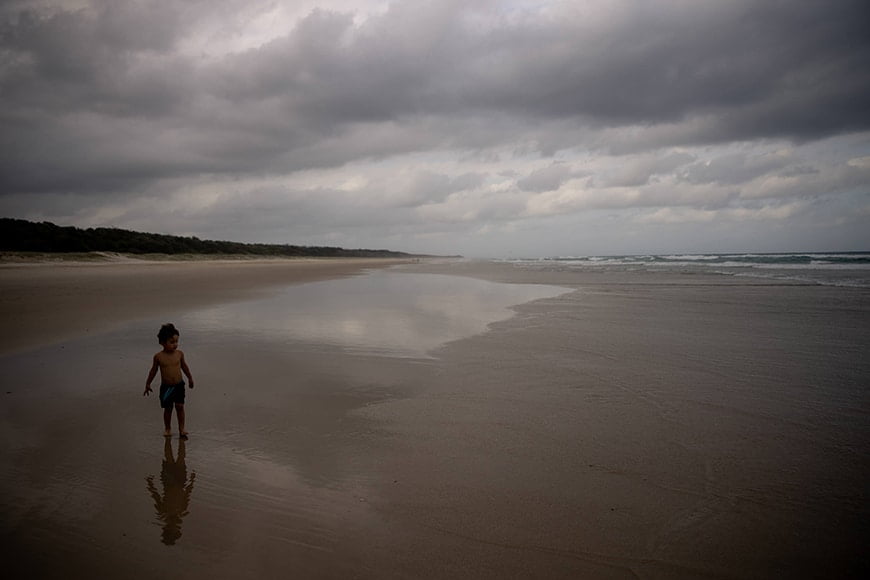
Beach photography – shooting in JPG limits your flexibility in post-production – the exposure could be increased in this JPG, but white balance adjustments wouldn’t be as accurate.
In contrast, JPEGs are smaller, compressed files that your camera pre-processes for you. The camera takes the RAW file and then adjusts the saturation, contrast, vibrance, and/or sharpness before compressing it down to 8 bits (from a 12-bit or 14-bit data file).
The images themselves come out higher in contrast and lower in dynamic range than RAW files, and certainly a lot sharper.
In fact, a well-shot JPEG will come out pretty much ready for use: sharp, nicely contrasty, and generally pretty vibrant.
(For another way to get really sharp results, check out our Topaz Sharpen AI review.)
That being said, the in-camera process loses a fair amount of data – data that can make a world of difference to the final quality of your image. Color, resolution, and dynamic range are most affected.
This is because a part of your camera’s firmware – the Discrete Cosine Transformation (or DCT) – gets rid of whatever it deems least perceivable, then reassembles everything, often replacing 24 different tones with only 4 or 5.
How Much Do You REALLY Know About Photography?! 🤔
Test your photography knowledge with this quick quiz!
See how much you really know about photography...

The more compression you set your files to, the more information that’s lost. So while you’ll get a nicely sharp image that’s immediately usable in most instances, you won’t have a lot to work with if you want to make changes.
Why Shoot in RAW Format?

RAW files can be easily edited with no changes to the original file. The image above was edited solely with Luminar’s Accent AI filter.
Shooting in RAW gives you far more control over the final look of your image vs jpeg files which ‘bake in’ most of the edits, in-camera.
Think of shooting in RAW format like taking the camera off Auto Mode and shooting in Manual.
Instead of leaving everything up to the camera’s settings, you make all the decisions in post-processing.
Of course, this means you’ll have a lot more work to do. Most JPEGs don’t need a lot of post-processing, but with RAW files just about everything is up to you. I say “just about” because whatever program you load your RAW files into will apply its own unique processing to the files.
(That’s why some folks really like Capture One – it generally has amazing RAW image rendering.)
That being said, there are a lot of advantages to shooting in RAW vs JPEG format. You can:
- Make adjustments without a significant reduction in quality. The amount of information captured in RAW files means that they’re very forgiving when it comes to adjustments. With JPEGs, there’s not a lot of leeway. Make any large changes and you’re likely to get posterization or other unwanted effects.
- Get a far greater range of colors. An 8-bit JPEG image can only contain up to 16.8 million colors. A 12-bit RAW image can contain up to 68.7 billion colors. That’s huge! Some higher-end cameras can even record 16-bit RAW images, which results in a mind-boggling 281 trillion colors.
- Get a much greater dynamic range. Highlight and shadow recovery are very limited in JPEGs; RAW images provide enough information to allow for decent recovery all the way around. Many pros shoot with the intent to preserve dynamic range, whether that means deliberately under or over-exposing – see the image of the boy on the beach, or dance photography that often takes place in dark theatres.
- Effortlessly correct white balance. Whether you set your white balance manually or leave it on auto, there are going to be times when you really want to change it afterwards. This isn’t so easy with JPEGs, as the camera applies the white balance in a way that can’t easily be adjusted later without affecting the overall image quality.RAW files, on the other hand, are super easy and harmless to adjust, regardless of your settings at the time of shooting. White balance information is saved separately from the image itself, so is easily changed.
- Change the color space after image capture. Color space (such as sRGB or Adobe RGB) also is not saved into RAW images, which means that you can easily change it to any color space later on.
- Edit without destroying your image’s information. One cool thing about editing RAW files is that when you make adjustments, you’re not actually changing the original data. Instead, you’re creating a set of instructions for how a version of it should be saved.The original file always remains unaltered. This means that you can undo any mistakes by returning to the original file, or make a number of creative edits from the RAW version without permanently altering anything.Also, JPEGs lose image quality every time you make adjustments, save them, and then make more adjustments later. Although you can increase the size of a JPG for free online, there are often condsequences. With RAW files you always have all of the original image material at your fingertips.
- Access better sharpening potential. Because there’s image-sharpening on RAW images out of the camera, you can use better and more complex sharpening algorithms in post-processing without negatively affecting the image quality.
- Access better noise reduction potential. In post-production, you have much more flexibility removing noise with a RAW than a JPEG. (See our Topaz DeNoise AI review for a simple way to do this.)
- Have proof of ownership and authenticity. Since it’s difficult to manipulate the native information in RAW images, they can be used as evidence, both of your ownership of the photo and that your camera saw what it saw. If you saw the Loch Ness Monster and have a RAW image to prove it, nobody would be able to claim that you manipulated the image in Photoshop.
In short, what you get when you shoot in RAW is full creative control and the ability to correct many of the mistakes you might have made when you took the shot.
You also have the superior processing power of your computer to work with, rather than just your camera’s.
That’s not to say that there aren’t times when you might want to stick to JPEG shooting. Today’s JPEGs are considerably better quality than those of cameras of the past, and sometimes it’s just not practical to do a lot of post-processing.
Until recently I’ve had a practice of always shooting in RAW. Now though, with my Sony A7iii, the JPEGs are good enough to use on their own, at least when I’m just taking snaps.
Why Shoot in JPEG?
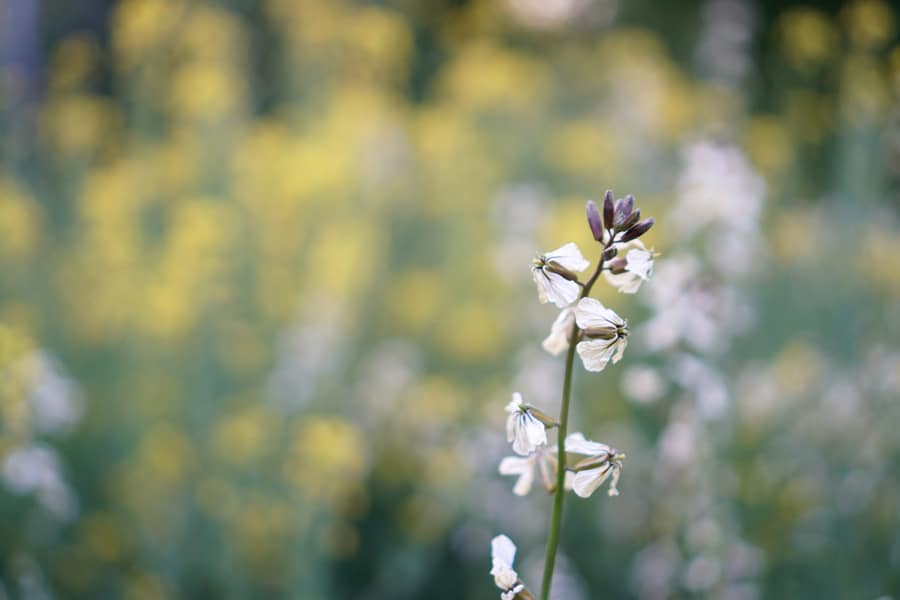
JPEG in-camera processing has come a long way in the last few years | Sony a6500 + E 35mm f/1.8
Shooting in JPEG is pretty much akin to keeping your camera in Auto. It’s quick, easy, and generally gives decent results.
In fact, there are plenty of times when a JPEG may really be your best option. Maybe you want to take a quick snap of the kids and send it to social media. Or you just need to document something and it doesn’t need to be fancy.
Here are other reasons to shoot in JPEG:
- JPEGs require less or even no post-processing. Often times a JPEG will come out not needing any editing. Other times a simple adjustment here or there will do the trick. RAW files, on the other hand, absolutely need post-processing in order to look decent.
- You want to save disk space. JPEGs are literally a fraction of the size of RAW files. That means that if you’re pressed for storage space and don’t need high-quality photos, JPEGs might be the way to go.
- JPEGs are a standard file format readable by all software. Just about any app on the market will work with JPEGs. RAW files, on the other hand, need editing software that can handle the proprietary file formats.
- JPEGs take less time for your camera to process. As a result, your camera’s buffer will fill up less quickly when you’re shooting in burst mode. If you’re someone who regularly shoots 10 frames per minute or so and your camera slows down with RAW, JPEG will be the way to go.
Some camera brands are particularly known for their JPEG quality, with Fujifilm cameras having the strongest and most vocal following. If you’re considering shooting primarily in JPEG and are looking for a camera, this will be something to keep in mind.
I only use JPEGs when image quality isn’t really that important and my Sony has an excellent JPEG output (to my eye anyway), so I’m unlikely to make a change any time soon.
There’s some software that allows you to squeeze even more from a JPEG file (see our Topaz JPEG to RAW review), but in general, shooting RAW will always give you the most editing flexibility.
Which Should You Choose?
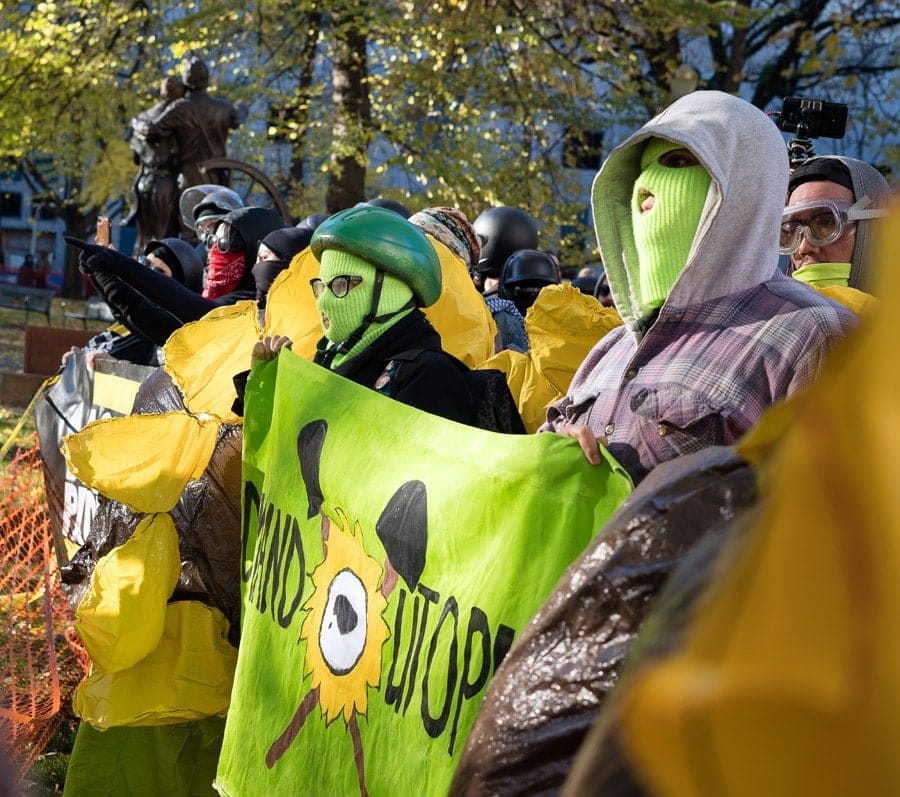
JPEG is usually fine for documentary and street photography purposes. This photo was shot in RAW, but certainly didn’t need to be | Sony a7iii + Sony FE 50mm f/1.8
In the end, which one you choose will depend on what kind of photos you need, how much time editing you want to spend, and occasionally, how much storage space you need (storage space is quite cheap these days).
When to Shoot in JPEG
Shoot in JPEG if:
- you just want to take a few quick photos to upload to social media or send through a text
- you have lots of photos to post and need a quick, no-nonsense workflow
- you shoot in burst mode a lot and don’t want to tie up your buffer
Basically, JPEG is a perfectly fine option any time you need to process photos quickly and the quality is less important.
Or conversely, you’re happy with the quality of your camera’s JPEGs and really don’t want to be bothered with post-processing.
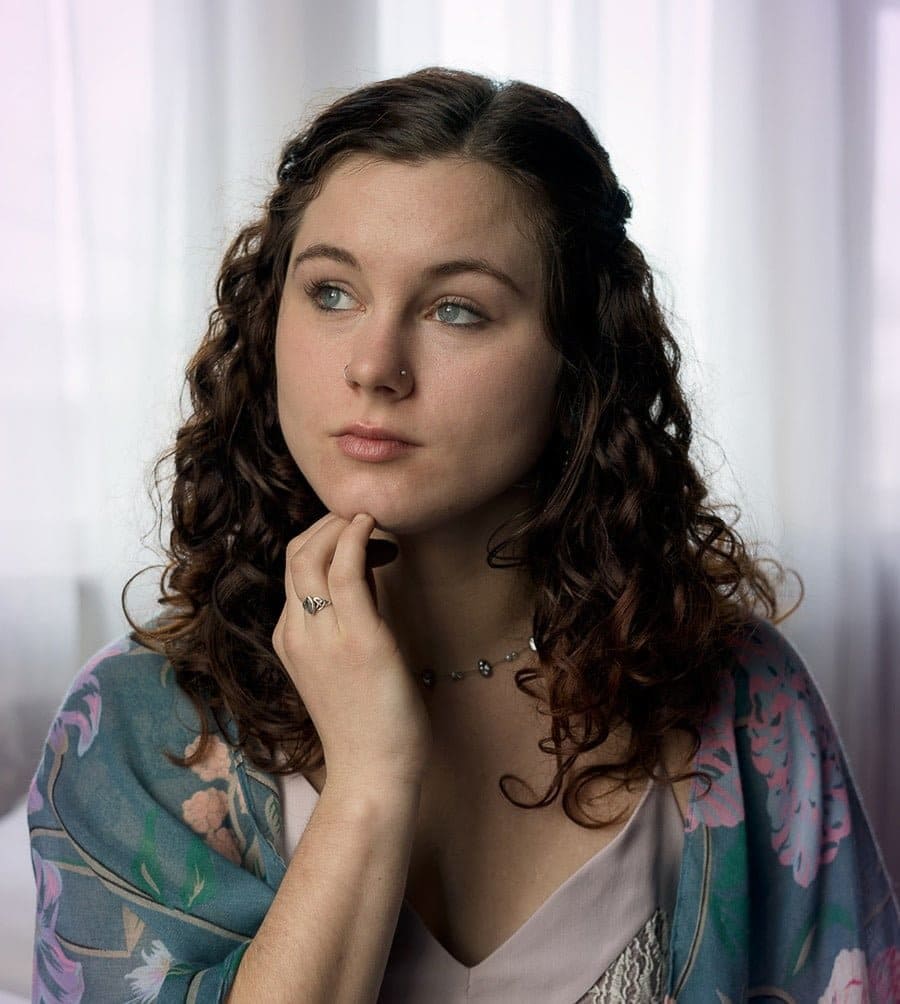
Shoot in RAW when quality really matters | Sony A7iii + FE 50mm f/1.8
When to Shoot in RAW
Shoot in RAW when:
- image quality really matters to you
- you want full creative control
- you’re willing to spend time post-processing
- you plan to print your images out
- you wish to reach a professional level
- you have adequate space on your memory card for larger raw format files
With RAW you take full control of the look of the final image and can successfully manage many of the problems that come with low light conditions or other challenges.
RAW Vs. JPEG | Final Words
One thing to keep in mind is that there is no such thing as an “unedited” or “unadulterated” photo.
Either your camera is doing the processing for you or you’re doing it via software elsewhere. The main difference here is how much control you want to have over the final product.
Not sure about making a change? Try setting your camera to the RAW + JPEG option so that you can capture both formats simultaneously. Then you’ll be able to experiment at will with nothing to lose.
Disclaimer: All recommendations are impartial and based on user experience, with no bias to the products or the brand. The products in this post contain affiliate links which help support Shotkit.

Check out these 8 essential tools to help you succeed as a professional photographer.
Includes limited-time discounts.





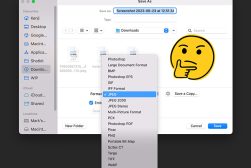
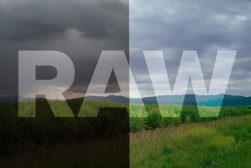
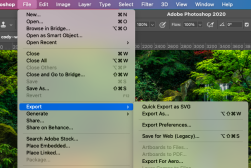



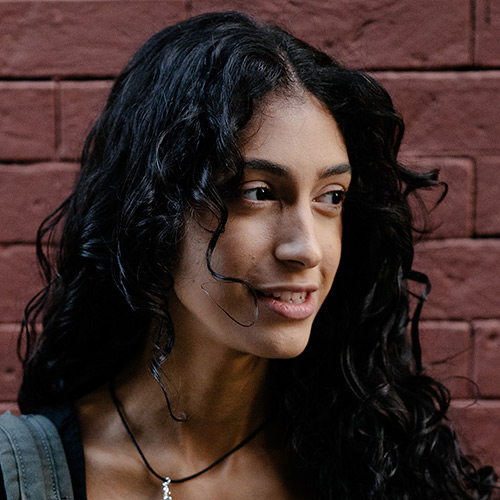


Thank you. As an amateur photographer my medium is landscape and many times I have captured a great photo but can only do so much to make it a larger print. The use of RAW may be how I can alter that so thanks for the information.
Great article. very detailed and easy to understand the differences.
Thanks.
I found this article very informative. Because of it I will try taking my pictures in raw and try processing them.
I use Nikon cameras, so I will try the company software first
Glad to hear it, Larry!